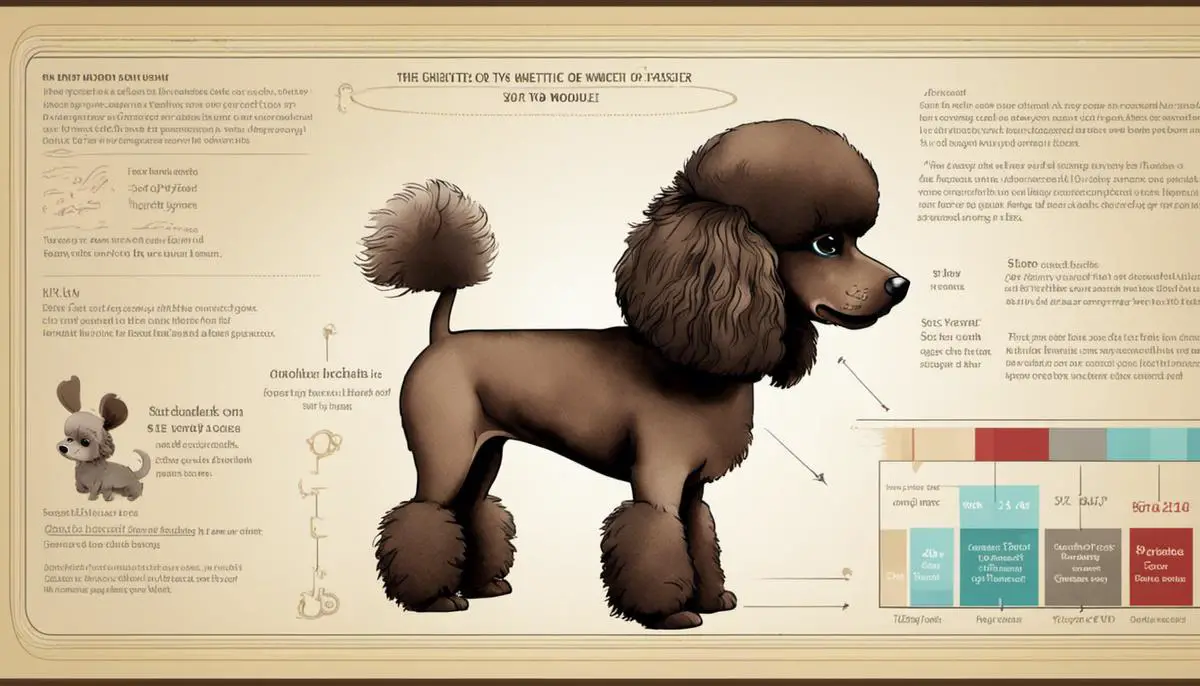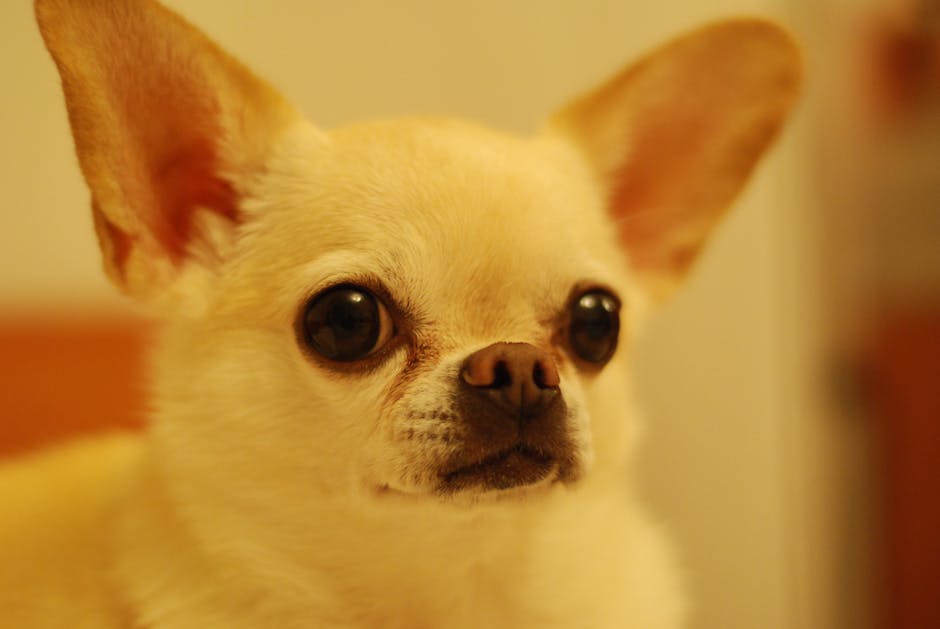Understanding Toy Poodle Size and Weight
Toy Poodles, a beloved breed that is adored worldwide for their intelligence, playful nature, and manageable size. However, there is often a question among potential toy poodle parentals – how big will my puppy get? To provide a comprehensive understanding, it is pivotal to take into account variables such as gender, diet, exercise, and genetic components that influence both the size and weight. This discussion will dive deep into these topics, in addition to drawing comparisons with other similar small breeds to provide a better perspective on where the toy poodle stands in the realm of small dogs.
General Toy Poodle Size
General Toy Poodle Size: Height and Length
Toy Poodles are typically one of the smaller types of poodles, though their size can somewhat vary. Generally, they stand at a height of about 10 inches or under at the shoulder once they are fully grown. However, the size can sometimes range upward to around 11 inches, depending on the particular dog’s genetics. In terms of length, toy poodles are usually about the same length as their height, giving them a balanced and symmetrical look.
About Toy Poodle Weight and Gender Weight Differences
The weight range of Toy Poodles doesn’t differ widely between males and females, though males in a few cases may outweigh the females. A typical adult toy poodle normally weighs anywhere from 4 to 6 pounds. Yet you may notice that some are slightly under or over this range, having a weight that falls within 3 to 9 pounds. Toy poodles’ diminutive size and featherlight weight make them excellent adaptables to a variety of environments. However, owing to their small build, owners are required to pay close attention to ensure they maintain a healthy weight. This means incorporating a balanced diet and consistent exercise schedule.

Average Toy Poodle Weight
Deciphering Weight Variables in Toy Poodles
Average-sized Toy Poodles typically tip the scales at between 4 to 6 pounds. This average weight is typically achieved when the Toy Poodle reaches full maturity, typically around their first birthday. Some smaller Toy Poodles clock in at just 3 pounds, whereas the larger outliers can reach weights of up to 7 or 8 pounds. However, it’s important to note these are exceptional cases, and most Toy Poodles maintain a weight that sits comfortably within the 4 to 6-pound range.
Understanding Toy Poodle Weight: Gender, Diet, and Exercise
Toy Poodles’ weight, though often determined by their sex, is also significantly influenced by diet and exercise habits. Typically, male Toy Poodles may weigh a little more than the females. However, a balanced diet and a regular routine of physical activity ensure the maintenance of an optimal weight range. Just like humans, each Toy Poodle has a unique metabolic rate that plays a part in deciding their weight and size. Overfeeding and insufficient exercise may lead to obesity and subsequent health issues. While average weight statistics may serve as a helpful starting point, understanding that each Toy Poodle’s weight will differ based on numerous factors is crucial.

Factors influencing Toy Poodle Size and Weight
Toy Poodle Size: A Closer Look at Genetic Factors
The most significant determinants of a Toy Poodle’s size and weight are its genes. These innate traits play a crucial role in deciding the breed’s eventual size. Generally, Toy Poodles tend to range from 4 to 6 pounds in weight and 10 inches in height at the shoulder. Nevertheless, these measurements may vary slightly as they are also influenced by the genetic combinations inherited from the dog’s parents. It’s worth noting that genetics can also predispose Toy Poodles to certain health conditions, which can indirectly affect their size and weight.
Diet and Exercise Influences
External factors including diet, exercise level, and overall health can significantly influence a Toy Poodle’s size and weight. The quality and the quantity of food that they consume can either promote healthy development or lead to obesity. Regular exercise also plays a vital role in maintaining an optimal weight for Toy Poodles. Lack of sufficient physical activity could also lead to weight gain in these dogs. Therefore, promoting a healthy diet and ensuring regular exercise can influence the size and weight of a Toy Poodle.
Potential Health Factors Influencing Size and Weight
A variety of health conditions can influence the size and weight of Toy Poodles. Health problems such as heart disease, thyroid complications, and hip dysplasia might result in weight gain, often due to decreased levels of activity or alterations in the dog’s dietary needs. In contrast, conditions like diabetes or malabsorption could lead to weight loss, impacting the overall size and weight. Regular veterinary appointments are crucial for monitoring growth trends and ensuring early diagnosis and treatment of any potential medical conditions.

Toy Poodle Size and Weight Comparison with Other Breeds
A Comparative Look at Toy Poodles’ Size and Weight
Despite being part of the small breed dogs, Toy Poodles have a unique size and weight profile. A typical toy poodle measures up to 10 inches or less at the shoulder and weighs between 4 to 6 pounds. This weight and height range is appreciably smaller when contrasted with similar small breeds. For instance, a Bichon Frise stands somewhere between 9.5 to 11.5 inches tall and weighs around 12 to 18 pounds.
Poodle Size Against the Rest
In detail, when we compare the toy poodle with other breeds such as the Shih Tzu, which stands between 8 to 11 inches tall and can weigh from 9 to 16 pounds, or the Miniature Schnauzer, which is generally between 12 to 14 inches tall and weighs between 12 to 20 pounds, the toy poodle is substantially smaller. Even by small breed standards, the toy poodle falls on the petite end of the spectrum.
Variation by Breed and Individual
However, it’s important to understand that, like humans, individual dogs within a breed can vary significantly in size and weight. The factors contributing to this variation include genetics, diet, exercise, and overall health. Therefore, while the toy poodle is generally smaller and lighter than similar breeds, individual dogs may be slightly larger or smaller. Also, this size and weight comparison gives a general notion and does not mean all Toy Poodles will exactly fit within this range.

It is clear that several factors contribute to the size and weight of a toy poodle – from genetic predispositions to environmental contributors such as diet and exercise level. A comparison to other small breeds also puts into perspective that despite their toy moniker, poodles are by no means the tiniest of breeds, inhabiting a spectrum within the small breed dog category. Understanding the potential growth and weight of a toy poodle is an essential step in ensuring you are adequately equipped to provide the appropriate care for your puppy, champions on the road to a happy, healthy canine-companion relationship.
